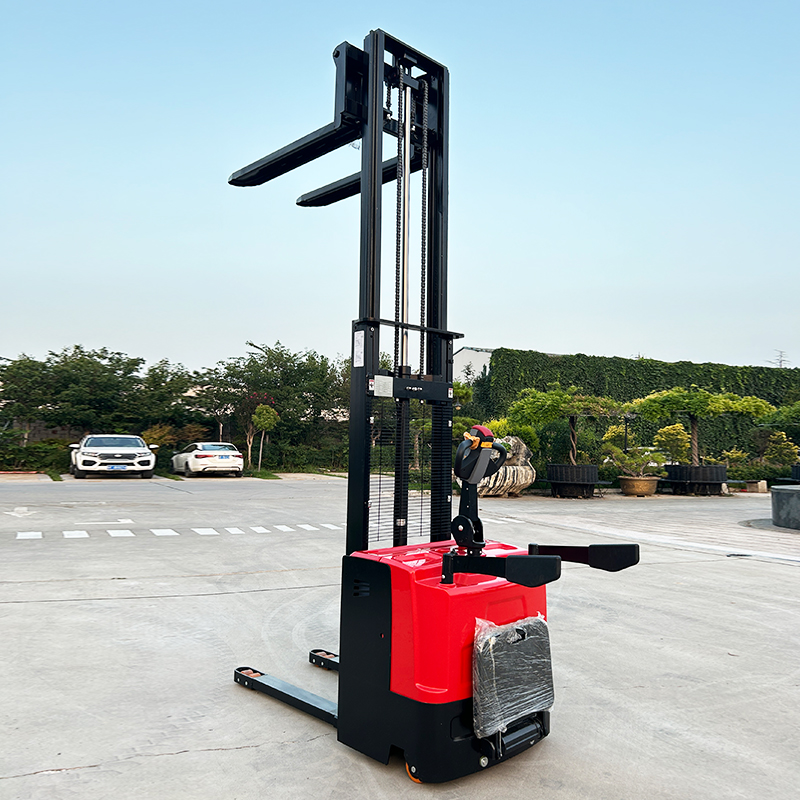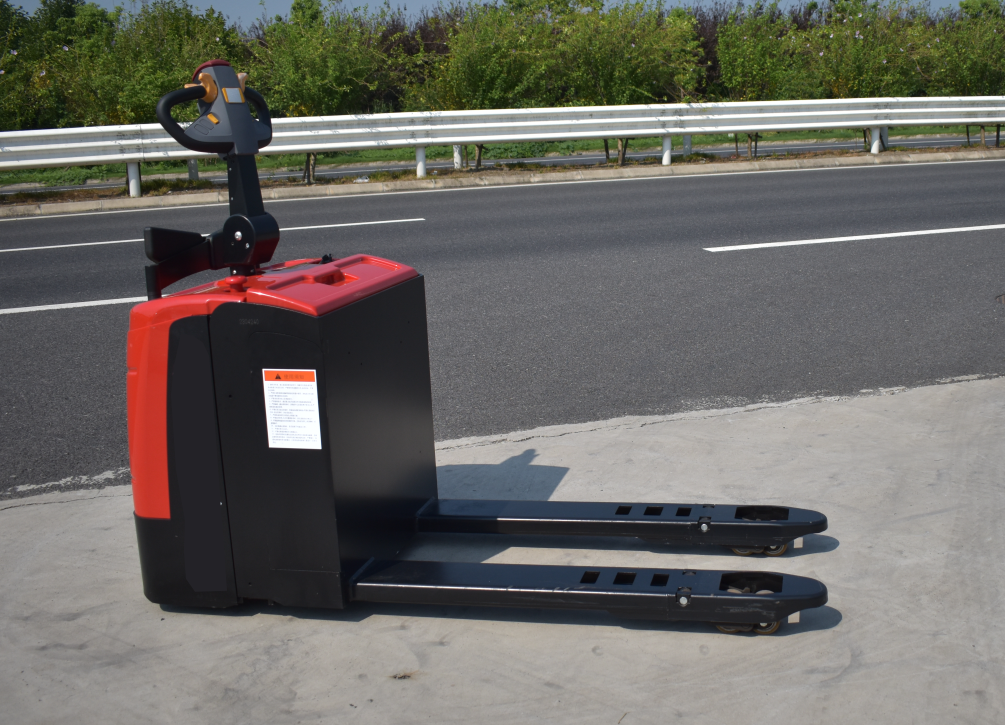Pallet trucks, a staple in warehouses and logistics centers, are essential tools for efficient material handling. One key factor to consider when selecting a pallet truck is its lifting capacity, which determines the maximum height it can elevate a loaded pallet.
Factors Affecting Lift Height

Several factors influence the maximum lift height of a pallet truck:
-
Type of Pallet Truck:
- Manual Pallet Truck: Typically lifts pallets a few inches off the ground, primarily for ease of maneuvering.
- Electric Pallet Truck (Walkie Stacker): These can lift pallets to heights of 6-8 feet, making them suitable for stacking pallets on shelves.
- Rider Pallet Truck (Sit-Down Pallet Truck): These can lift pallets to heights of 10-20 feet, ideal for high-bay warehouse applications.
-
Mast Configuration: The mast is the vertical structure that supports the forks. Different mast configurations offer varying lift heights:
- Single Mast: Simpler design, suitable for lower lift heights.
- Duplex Mast: Offers higher lift heights than single masts.
- Triplex Mast: Provides the highest lift heights, ideal for high-bay warehouses.
-
Hydraulic System: The hydraulic system powers the lifting mechanism. A more powerful hydraulic system can lift heavier loads to greater heights.
-
Counterbalance: The counterbalance weight ensures stability during lifting operations. A heavier counterbalance can support higher lift heights.
Lift Height Considerations for Different Applications
The required lift height for a pallet truck depends on specific application needs:
- Low-Level Storage: A manual pallet truck is sufficient for moving pallets between floor levels.
- Mid-Level Storage: An electric pallet truck with a duplex mast can reach intermediate storage levels.
- High-Bay Warehousing: A rider pallet truck with a triplex mast is ideal for maximizing storage space in high-bay warehouses.

Safety Considerations for High-Lift Pallet Trucks
When using high-lift pallet trucks, safety is paramount:
- Operator Training: Ensure operators are trained to use the truck safely and efficiently.
- Regular Maintenance: Regular maintenance is essential to prevent malfunctions and accidents.
- Load Capacity: Never exceed the truck's rated load capacity.
- Floor Conditions: The floor should be level and free of obstructions to prevent tipping.
- Safety Devices: Use safety devices like load guards and emergency stop buttons.
Future Trends in Pallet Truck Lift Height
As technology advances, we can expect to see continued innovation in pallet truck design, leading to higher lift capacities and improved performance:
- Electric Power: Electric pallet trucks offer precise control and can be equipped with advanced hydraulic systems to achieve higher lift heights.
- Advanced Mast Designs: New mast designs may enable even higher lift heights while maintaining stability.
- Smart Technology: Integrated sensors and control systems can optimize lift height and improve efficiency.
By understanding the factors affecting lift height and considering safety guidelines, you can select the right pallet truck for your specific needs and maximize storage efficiency.
Post time:Nov.12.2024
